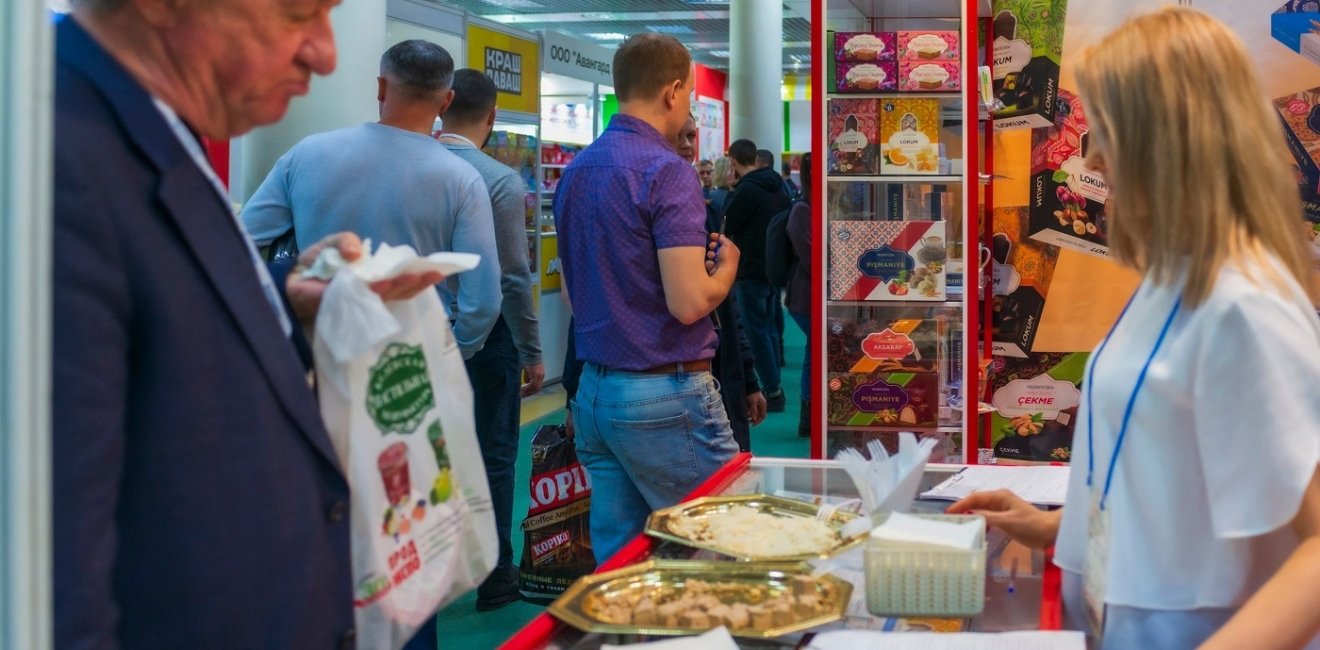
A blog of the Kennan Institute
The Russian economy’s macro indicators for 2022 surpassed the most optimistic expectations. According to official data, Russia’s economy shrank by 2.5 percent, which is lower than most forecasts. In the meantime the IMF, followed by the Russian Central Bank (albeit under pressure from the Kremlin), has suggested a possible growth of the economy in 2023. Most other major institutions expect Russia’s economy to contract.
There is little disagreement in economic circles as to why the Russian economy was able to avoid a deeper shock in 2022. First, both exporters and importers redirected trade flows through countries that did not join the sanctions regime, primarily China, India, and Turkey. Second, high prices for Russian energy ensured a huge trade surplus and high budget revenues.
However, there are blind spots in this picture. An economic crisis is always a chain of events that have consequences for the entire economy. Anti-crisis policies are also a chain of actions and their consequences. The Russian economy of 2022 is nothing short of an anomaly. In order to understand why all the forecasters predicting a collapse were wrong and, most important, what will happen to the economy in the future, it is not enough to state the absence of collapse. We need to dissect a chain of causes and consequences that helped Russia avoid it.
This was the task a group of Russian economists assembled by the expert network Re:Russia recently undertook. They presented their analysis in a report titled Worse Than a Crisis. The 2022 Russian Economic Anomaly: How It Works, and Where It Is Headed.
Breaking the Crisis
The group’s assessment of Russia’s economic performance in 2022 differs from the official one. By the end of 2021, as a result of high oil prices and a post-pandemic recovery, Russia’s annual growth rate exceeded 5 percent. While the rate was expected to slow down in 2022, prewar forecasters would pin it at around 3 percent. The group defined Russia’s losses from sanctions and war as the difference between the anticipated 3 percent growth and the actual 2.5 to 3 percent contraction. This is important both for estimating the real losses of the economy and for understanding that at the beginning of 2022, the economy was primed for continued growth, which was the basis for investments at the end of 2021 and the stock purchases made by businesses.
So, why did the sanctions shock not turn into a full-blown economic crisis? One of the authors of the report, the UCLA professor Oleg Itskhoki, describes a standard chain of events under conditions of a typical financial crisis. Unfavorable events (e.g., a drop in exports) provoke a sharp outflow of capital from the country and a depreciation of the national currency. In an attempt to preserve their savings, people initiate a run on banks, which brings the financial system into a crisis. The sharp contraction of credit causes production to stop and companies find it hard to respect contracts, while the current account deficit forces the state and economic agents to reduce their liabilities and cut spending, which leads to a further contraction of economic activity, a reduction in demand, and a surge in unemployment.
Two factors helped break this chain of events: a large trade surplus and the administrative power of the central bank, which simply shut down the banking system for a period of time. On top of that, the negative shock caused by the sanctions (the collapse of imports, growing isolation from Western economies, capital outflow) was counterbalanced by a steep growth in export revenues and a large current account surplus aided by further growth in energy prices and the simultaneous contraction of imports.
The Effects of Abundance
Semi-isolated from the outside world, Russia was flooded with money. The year-end commodities export revenues reached a record $580 billion (compared to a ten-year average of $420 billion). The government felt no need to impose austerity measures. On the contrary, it granted wide-ranging concessions to businesses and ramped up spending. As the former deputy minister of finance and chairman of the central bank Oleg Vyugin shows in the report, the additional state expenditures exceeded 4 percent of GDP. Other economic agents felt little pressure, continued to fulfill their contract obligations, and paid salaries, even in the face of a sharp drop in production.
Abundant financial inflows blunted the mechanisms of crisis transmission and suppressed the shocks that would normally arise in similar situations. This, however, does not mean that imbalances caused by shocks have been healed. In this case, besides an interruption of imports, the most powerful shock was capital outflow, which amounted to an astonishing $250 billion, or 14 percent of GDP. However, an enormous inflow of export revenues helped mitigate its effects on the economy.
Real Redistribution
Those who received government support and state-sponsored contracts were not the only ones in the win from the excessive financing. A huge surplus made the ruble strong in 2022. As a result, imports became more accessible to businesses, while the ruble’s appreciation did not translate into higher prices: in rubles, prices were even lower than last year, despite a growth when measured in dollars. The structure of imports, however, was changing. As a result of many assembly manufacturers folding, the proportion of imports of final goods started to grow again, while the imported goods themselves became more expensive (in dollars) and of worse quality.
The unexpectedly benign economic statistics indicating that Russia was cruising through the crisis relatively unscathed concealed important structural shifts and a redistribution of wealth. This is the finding the economist Yevsey Gurvich, a co-author of the report, has put forth. Two factors influenced industrial output: the effect of import substitution and the growth of production to meet the needs of the military. In economic statistics, import substitution shows up as an increase in output in the relevant industries, but for the citizens’ welfare, it is a loss. People are forced to replace the absent imported goods with other goods that previously seemed to them suboptimal in terms of price and quality. The increase in military-industrial output also looks like a plus in economic statistics. But again, we need to look at decrements in citizens’ welfare. A sharp drop in the production of cars, household appliances or medicines was offset by an increase in the production of items that have nothing to do with consumption (primarily in the defense sector).
The Crisis Ahead
This does not mean, however, that the economy "withstood" and overcame the sanctions blow. The optimistic indicators do not reflect the economy's reaction to the resulting imbalances and its adaptation to new conditions. Instead, they reflect the effects of the mobilization of export revenues and the huge current account surplus ($227 billion), which allowed for an increase in government spending, supported the banking system, and strengthened credit availability, along with the availability of imports because of the strong ruble. Even the normalization of export revenues, that is, their reduction by $100–$160 billion, will increase tension in all these areas, and the crisis spiral, compressed last year, will start to unwind.
And as revenues decline, the economy will face the same set of problems that characterize a standard economic crisis—a chronic budget deficit, devaluation, investment hunger, and demand contraction. The crisis associated with massive capital outflows and the isolation of the Russian economy from a large part of international markets and the international financial system are not behind us but ahead of us. This crisis will be exacerbated by irreversible changes in the priorities of economic policy, the absolute priority of which has finally become the military sphere. The only question is whether the coming crisis will be long-running and chronic or swift and acute.
The opinions expressed in this article are those solely of the author and do not reflect the views of the Kennan Institute.
Author

Political Analyst, Liberal Mission Foundation

Kennan Institute
After more than 50 years as a vital part of the Wilson Center legacy, the Kennan Institute has become an independent think tank. You can find the current website for the Kennan Institute at kennaninstitute.org. Please look for future announcements about partnership activities between the Wilson Center and the Kennan Institute at Wilson Center Press Room. The Kennan Institute is the premier US center for advanced research on Eurasia and the oldest and largest regional program at the Woodrow Wilson International Center for Scholars. The Kennan Institute is committed to improving American understanding of Russia, Ukraine, Central Asia, the South Caucasus, and the surrounding region through research and exchange. Read more

Explore More in The Russia File
Browse The Russia File
Chechnya as a Model of Modern Russia

Russia’s Indigenous Communities and the War in Ukraine

Gas and Power in a Changing US–Russia Relationship

